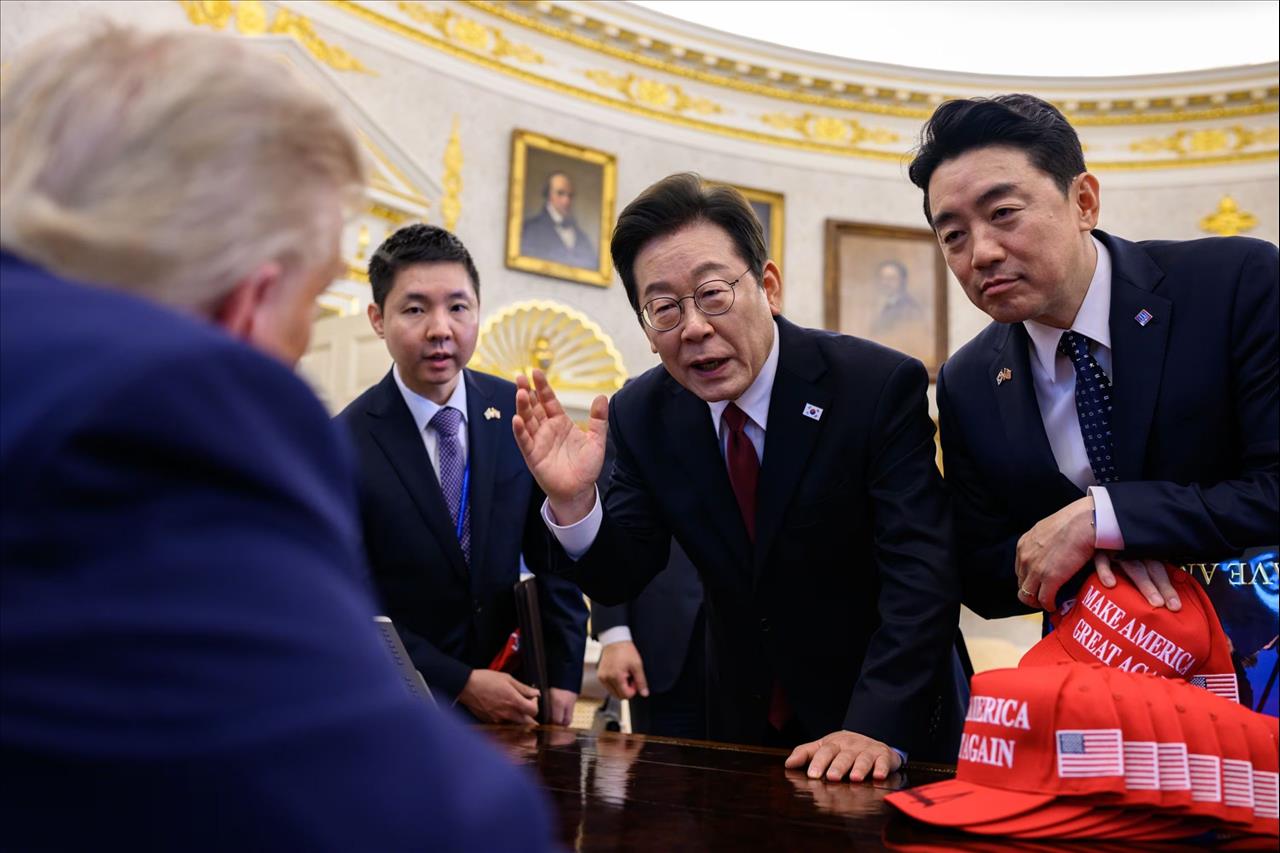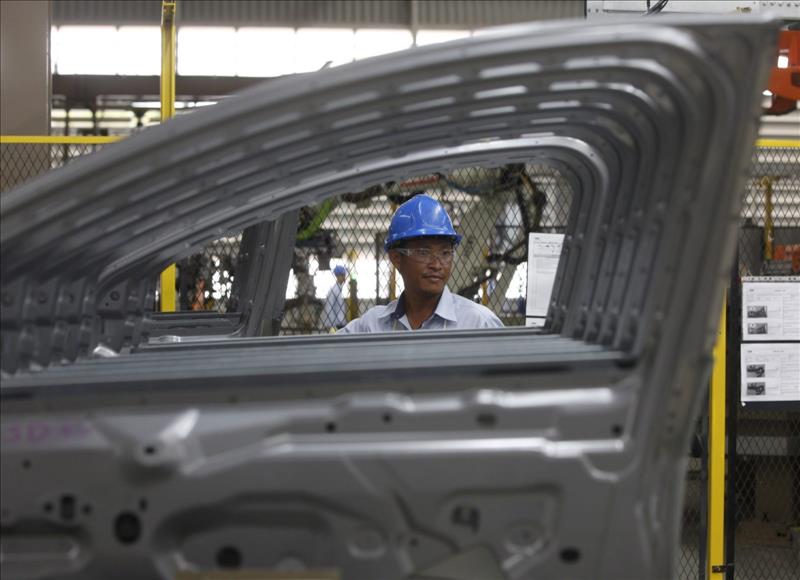
Standardize The Pipes: ASEAN's Answer To A Fracturing Trade Map
China's BYD (Build Your Dreams) shipped the first batc of Thai-made EVs to Europe in August 2025, showing that when policy aligns with plant capacity, the Association of Southeast Asian Nations (ASEAN) export model can deliver.
The timing is no accident. The European Union's definitive tariffs on Chinese-built EVs have raised the premium on origin flexibility. Automakers are now searching for tariff-resilient launchpads inside Asia.
The region's diplomatic geometry is also shifting in helpful ways. Indonesia and the European Union recently announced a substantive conclusion to their trade deal, including tariff cuts on a large share of Indonesian exports.
This gives ASEAN manufacturing another channel into European demand and helps the region diversify beyond a single Asia to Europe axis.
Paired with the Regional Comprehensive Economic Partnership (RCEP) trade pact and its cumulative rules of origin, ASEAN members now have both multilateral scaffolding and bilateral lanes that turn cross-border subassemblies into preference-eligible exports. The next task is to make the“plumbing” work at the speed of production.
Indonesia shows how material depth can become bargaining power. A battery integration program linked to China's Contemporary Amperex Technology Company Limited (CATL), spanning nickel, precursor materials, cell manufacturing, and recycling, aims to begin production in West Java by the end of 2026, with scale-up planned across North Maluku.
As plants like these come online, ASEAN is no longer just an assembly stop and starts setting the cadence for global EV supply chains. Meanwhile, Malaysia is aiming to own the hard parts of electronics, namely advanced packaging and outsourced semiconductor assembly and test (OSAT).
Latest stories
How Trump's India tariffs will downgrade your apps

Manned fighters still rule in US-China battle for air supremacy

South Korea's strategic crossroads
The National Semiconductor Strategy and its new funding streams, including a science endowment matching fund for packaging, are designed to lift Tier-2 and Tier-3 vendors climb shared qualification ladders. The goal is simple.
A bearing cage stamped in Penang should mate cleanly with an e-motor from Ayutthaya, Thailand, without requiring re-testing. That level of granular capability in tool-and-die, precision castings, inverters, e-axles and thermal management is what locks original equipment manufacturers (OEMs) into regional dual sourcing.
Trade facilitation is now diplomacy by other means. RCEP chapters on rules of origin and customs procedures give ASEAN a common legal backbone. Mutual recognition agreements (MRAs) and the new Authorized Economic Operator (AEO) mutual recognition arrangement provide trust rails for rapid clearance.
On the digital side, Singapore's TradeTrust pilots, which already interoperate with partners from China to the Middle East, show how electronic bills of lading (eBLs) can compress dwell times while preserving legal certainty. These are the operational equivalents of confidence-building measures. They are technical and apolitical, yet strategically decisive.
Geopolitically, ASEAN hedging is becoming more sophisticated. The Indo-Pacific Economic Framework for Prosperity (IPEF) Supply Chain Agreement has been in force since 2024 and now counts both Thailand and Malaysia among its participants.
This gives regional governments a venue to collaborate on logistics, data standards and critical minerals playbooks without taking a position on tariff disputes. Add the European Union and Singapore digital trade work, along with the EU-ASEAN cooperation on supply-chain resilience, and the region can triangulate standards between Washington, Brussels and Beijing while keeping factories supplied. The prize is resilience without bloc alignment.
Three fixes still turn intent into throughput.
First, establish an EV, battery and machinery“cumulation corridor” under RCEP that pre-clears canonical bills of materials. This should include battery packs, e-axles, inverters, drivetrains, castings and precision bearings. List Harmonized System (HS) codes, value-added thresholds and documentary proofs item by item.
Provide small and medium-sized enterprises (SMEs) with a configurator that maps their parts lists to preference eligibility before they cut purchase orders (POs). Support this with a joint ASEAN-India origin audit cell that performs risk-based checks using customs and Authorized Economic Operator data, with guaranteed ruling timelines.
Predictability becomes a diplomatic tool, lowering working capital trapped at borders and reducing the scope for retaliatory bureaucracy.
Second, create export-first Integration Zones where parts move on digital green lanes with mutual standards recognition and time-bound dispute windows. Set a 72-hour target to resolve issues or automatically release consignments. Co-locate customs, standards bodies and port operators.
Use pre-arrival filings, electronic invoicing, electronic seals and interoperable electronic bills of lading to clear low-risk consignments in hours rather than days. Tie zone status to measurable export performance, skills transfer and on-time clearance rates. The aim is to turn ASEAN mutual recognition agreements and digital pilots into a practical operating model.
Third, publish real-time dashboards for rules-of-origin rulings and customs dwell times. Show the median and 95th percentile by port and by corridor, and add factory-gate-to-vessel metrics.

Sign up for one of our free newsletters
-
The Daily Report
Start your day right with Asia Times' top stories
AT Weekly Report
A weekly roundup of Asia Times' most-read stories
Include grievance trackers and monthly league tables that reward top-performing nodes. Radical visibility disciplines bureaucracy, crowds in capital and converts policy promises into the outcomes manufacturers value most: speed with certainty.
This matters now because the tariff map is volatile. The EU's EV duties, new counter-measures and fresh trade openings – such as the Indonesia-EU agreement – will continue to redraw incentives. ASEAN's answer is not to pick sides. The answer is to standardize the pipes.
That means rules-of-origin clarity via the RCEP, upgraded ASEAN–India Trad in Goods Agreement (AITIGA) rules that are moving toward an October 2025 negotiating round in Jakarta and digital trade interoperability that fits with both the EU architecture and the IPEF.
Build the corridor, fund the bottlenecks and let the parts move. The region will be judged by what ships, and ASEAN wins when its rules are as well engineered as its rivets.
Apoorba Banerjee is the country operations strategist for a bearings and heavy industry firm in Malaysia, overseeing operations across ASEAN. His work intersects industrial manufacturing, defense-adjacent infrastructure and cross-border policy strategy. He holds an MBA and a Master of Science focused on strategic management and global supply chains with high distinction from Queen Mary, University of London.
Sign up here to comment on Asia Times stories Or Sign in to an existing accoun
Thank you for registering!
An account was already registered with this email. Please check your inbox for an authentication link.
-
Click to share on X (Opens in new window)
X
Click to share on LinkedIn (Opens in new window)
LinkedIn
Click to share on Facebook (Opens in new window)
Facebook
Click to share on WhatsApp (Opens in new window)
WhatsApp
Click to share on Reddit (Opens in new window)
Reddit
Click to email a link to a friend (Opens in new window)
Email
Click to print (Opens in new window)
Print

Legal Disclaimer:
MENAFN provides the
information “as is” without warranty of any kind. We do not accept
any responsibility or liability for the accuracy, content, images,
videos, licenses, completeness, legality, or reliability of the information
contained in this article. If you have any complaints or copyright
issues related to this article, kindly contact the provider above.


















Comments
No comment